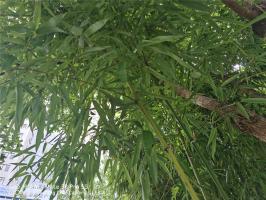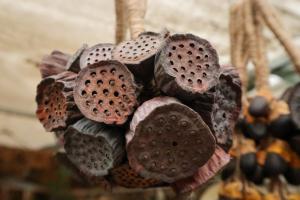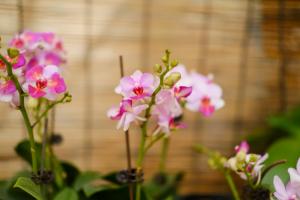Introduction
Christmas trees are a highlight of the holiday season, and for those interested in growing their own Christmas trees, understanding the proper spacing between tree plantings is crucial. The distance between planted Christmas trees affects their growth rate, their overall health, and the ability for machinery to traverse between trees for pruning and harvesting. In this article, we’ll explore how far apart Christmas trees should be planted to ensure healthy growth and abundant Christmas trees for years to come.
Factors to Consider When Planting Christmas Trees
Several factors come into play when deciding how far apart Christmas trees should be planted. Firstly, it’s important to consider the type and species of Christmas tree that you want to grow. Different species of trees require varying amounts of water, sunlight, and soil nutrients to grow and flourish, so it’s essential to plant each tree according to its unique needs.
The desired tree height also plays a significant role in determining the planting distance. For example, spruce trees, which typically grow taller than pine trees, will require a more substantial planting distance to allow for future growth.
It’s also essential to take into account the location of each tree when planting. Trees need sufficient access to sunlight to grow and thrive, as well as ample space for their roots to expand.
Distance Between Christmas Tree Plantings
The distance between Christmas tree plantings will depend on the factors outlined above, as well as the ultimate goal of the tree farmer. For those looking to generate an abundant Christmas tree harvest every season, closer planting distances are recommended.
Typical planting distances for Christmas trees like the Fraser Fir and the White Pine, which are popular choices for the holiday season, are between 5-7 feet apart. This planting technique ensures a higher volume of trees are harvested, albeit at a smaller overall size.
If the primary goal is to produce large, stately trees for landscaping, then planting trees at wider distances, between 8-10 feet, is recommended. This kind of planting allows for ample room for each tree’s roots to expand, as well as room for the tree to grow to its full height.
Conclusion
The proper spacing between Christmas tree plantings is a crucial factor in the growth and health of the trees. Factors like the species of the tree, desired height, and planting location all play a role in determining the appropriate planting distance between trees.
Ultimately, the goal of the Christmas tree farmer will determine the optimal planting distance. For those looking to produce high volumes of trees for the holiday season, planting at closer distances is recommended. Those looking for large, stately trees for landscaping purposes should plant trees at wider distances.
By considering all factors that influence the distance between Christmas tree plantings, farmers can ensure a healthy and sustainable tree harvest for years to come.

 how many times do yo...
how many times do yo... how many planted tre...
how many planted tre... how many pine trees ...
how many pine trees ... how many pecan trees...
how many pecan trees... how many plants comp...
how many plants comp... how many plants can ...
how many plants can ... how many plants and ...
how many plants and ... how many pepper plan...
how many pepper plan...






























